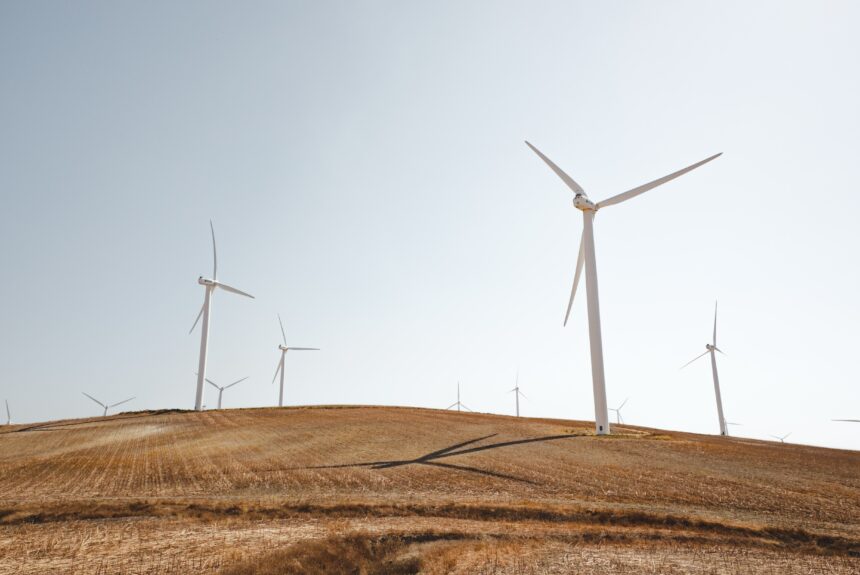Innovation is a wonderful thing. A recent new development has found a way to increase the energy output of wind turbines. The best part? It costs nothing.
Free marketeers and fiscal hawks alike know that the word ‘free’ is rarely accurate and usually comes with strings attached. But thankfully, that is not true in this case. How can such a development be free? Because it is based on something that wind turbines already collect: data.
>>>READ: Innovation is Unleashing a Climate Tech Renaissance
In this case, researchers have found that wind turbine output increases when optimizing individual turbines but with wind flow modeled collectively.
That may sound like a boring update, but some historical backtracking explains why the world of clean energy is so excited about this finding. As more and more roadblocks to new wind project development pop up across the country, it has become increasingly obvious that growing wind energy output in America cannot rely on new turbines alone—increasing turbine efficiency must also play a role. But experts hit roadblocks on the road to efficiency.
Wind turbines are commonly controlled as individual units. Controllers focus on maximizing the output of each unique turbine. But turbines can impact each other, and spinning blades on one unit can disrupt wind flow to the other turbines around it. The most obvious solution to this is to spread turbines apart from one another at greater distances, but NIMBYism and increased project costs typically mean that is not a realistic fix.
>>>READ: NIMBYism Prohibiting Clean Energy Development, According to New Report
If one turbine can impact the output of other turbines and the solution is not to spread them farther apart, how could this new innovation make a difference? MIT News explained:
“Today, each turbine constantly senses the incoming wind direction and speed and uses its internal control software to adjust its yaw (vertical axis) angle position to align as closely as possible to the wind. But in the new system, for example, the team has found that by turning one turbine just slightly away from its own maximum output position — perhaps 20 degrees away from its individual peak output angle — the resulting increase in power output from one or more downwind units will more than make up for the slight reduction in output from the first unit. By using a centralized control system that takes all of these interactions into account, the collection of turbines was operated at power output levels that were as much as 32 percent higher under some conditions.”
The research that led to this finding was headed up by Michael Howland, a faculty member at MIT. Howland and his team were supported by MIT and Siemens Gamesa Renewable Energy and published the full study with their findings early in August.
Howland observed that, if this research is extrapolated to all the world’s turbines, it could lead to a 1.2 percent overall energy improvement. This improvement could generate more than 31 terawatt-hours of power. Translated, that would be the equivalent of installing 3,600 more turbines across the world, resulting in roughly $950 million in additional annual revenue for wind farm operators.
And, just to drive this point home again, this development is FREE. It does not require new hardware, just a slight software change, and can be implemented regardless of the geography of the region where the wind farm is located. Varun Sivaram, a former chief technology officer for ReNew Power and instrumental in making some of the research tests possible, summarized this development well:
“At the end, everyone was blown away by the magnitude of what was accomplished: an improvement in performance that costs nothing in terms of infrastructure investment to achieve.”
Kelvey Vander Hart is a native Iowan, a member of the American Conservation Coalition, and a communications specialist at Reason Foundation.
The views and opinions expressed are those of the author’s and do not necessarily reflect the official policy or position of C3.
